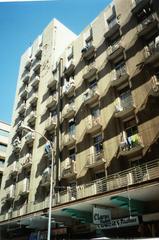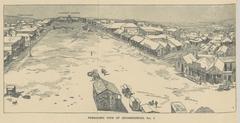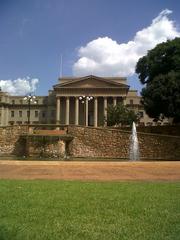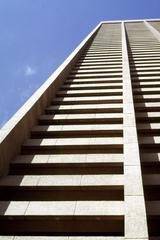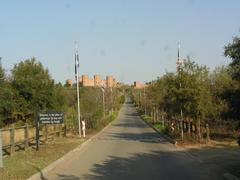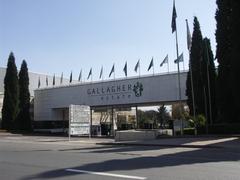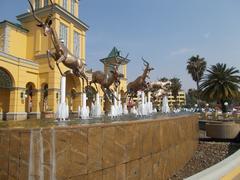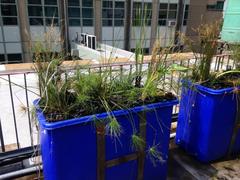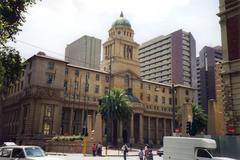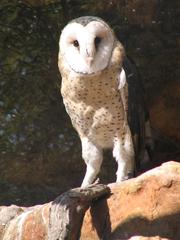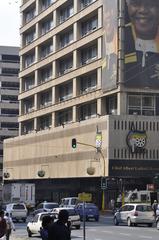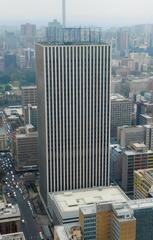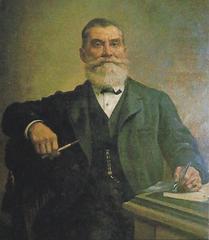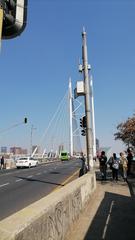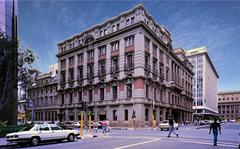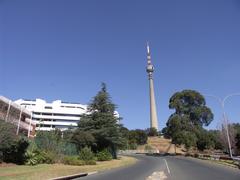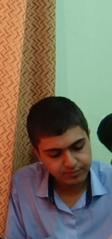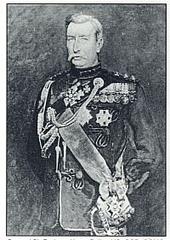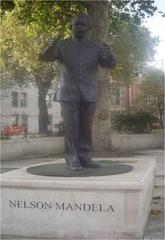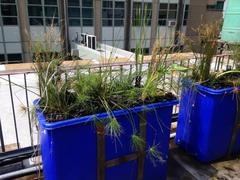Faculty Of Engineering And The Built Environment
Faculty of Engineering and the Built Environment, Johannesburg: Visiting Hours, Tickets, and Visitor Information
Date: 14/06/2025
Introduction
Johannesburg’s Faculty of Engineering and the Built Environment (FEBE) is a cornerstone of South Africa’s educational and urban transformation. With a legacy rooted in the city’s rise as a mining and economic powerhouse, FEBE encompasses both the University of Johannesburg (UJ) and the University of the Witwatersrand (Wits), institutions renowned for their academic excellence, pioneering research, and societal impact. Whether you are a prospective student, academic, or visitor, this guide provides a comprehensive overview of FEBE’s historical significance, visitor information, and key highlights—including nearby attractions that enrich your experience.
For the latest updates, visit the official UJ FEBE website and Wits EBE website.
Table of Contents
- Introduction
- Historical Background and Institutional Transformation
- Academic Structure and International Recognition
- Research, Innovation, and Industry Partnerships
- Social Impact and Urban Significance
- Visitor Experience
- Frequently Asked Questions (FAQ)
- Conclusion and Call to Action
- References and Further Reading
Historical Background and Institutional Transformation
Early Foundations and Historical Context
Johannesburg’s engineering and built environment faculties were born from necessity during the city’s gold rush era. As Johannesburg flourished into a regional economic hub, the demand for skilled engineers grew rapidly.
- Wits University (Wits): Founded in 1922, Wits was among the first to establish engineering programs, initially focusing on mining and civil engineering to support the city’s booming industry. Over the decades, it expanded to include mechanical, electrical, chemical, aeronautical, and biomedical engineering.
- University of Johannesburg (UJ): Established in 2005 through the merger of various technikons and universities, UJ’s FEBE reflects South Africa’s post-apartheid commitment to accessible, world-class education.
Institutional Transformation and Post-Apartheid Evolution
The legacy of apartheid limited educational access for many. Since 1994, both UJ and Wits have actively promoted diversity, inclusion, and social justice. Initiatives like UJ’s STEMMentHER program and Wits’ targeted bursaries have broadened participation among underrepresented groups, transforming the faculties into beacons of equity and innovation.
Academic Structure and International Recognition
- UJ FEBE: Comprises five schools and twelve departments, covering disciplines such as Electrical and Electronic Engineering Technology, Chemical Engineering Technology, Civil Engineering Technology, Mechanical Engineering Technology, Urban and Regional Planning, and Mining and Mine Surveying.
- Wits EBE: Consists of seven schools, including mechanical, industrial, aeronautical, mining, civil engineering, architecture, and urban planning.
Both faculties hold international accreditations, ensuring that their qualifications are globally recognized and respected.
Research, Innovation, and Industry Partnerships
FEBE is at the forefront of urban development, sustainable materials, energy, water purification, and mining safety research. Notable centers include:
- UJ’s Technology Stations—focusing on manufacturing and process optimization.
- Wits Mining Institute—leading innovation in mining technologies.
- National Aerospace Centre at Wits—advancing aerospace research.
Strong industry partnerships provide students with hands-on experience and drive impactful research.
Social Impact and Urban Significance
Graduates in engineering, architecture, urban planning, and quantity surveying are vital to Johannesburg’s growth and infrastructure. FEBE’s alumni contribute significantly to national development, addressing critical social and technical challenges in South Africa.
Visitor Experience
Visiting Hours
- UJ and Wits Faculties: Open Monday to Friday, 8:00 AM–5:00 PM. Confirm with the specific faculty before your visit, as some areas may have restricted access or seasonal hours.
Tickets and Entry
- Admission: Free. For specialized tours or laboratory access, arrange appointments or guided tours in advance.
Directions and Transportation
- UJ and Wits: Both campuses are centrally located and accessible by public transport (Rea Vaya bus system, Gautrain, and taxis). Detailed maps and directions are provided on the universities’ websites.
Safety and Accessibility
- Both universities offer robust security and are wheelchair-accessible. Visitor check-in is required at main entrances, and assistance is available for those with mobility challenges.
Special Events and Exhibitions
- Public lectures, student exhibitions, and research expos are held throughout the year. Check the faculties’ news pages for current schedules.
Photography
- Photography is permitted in most public spaces. Always seek permission before photographing individuals or sensitive research areas.
Nearby Attractions
- Apartheid Museum: An essential site for understanding South Africa’s history (official website).
- Constitution Hill: A former prison complex now serving as a museum and Constitutional Court.
- Voortrekker Monument: A short drive away in Pretoria, commemorating the Great Trek (official website).
- Freedom Park and Pretoria National Botanical Garden: Additional options for cultural and natural exploration.
Frequently Asked Questions (FAQ)
Q: Are guided tours available?
A: Yes, tours can be arranged by contacting the faculty visitor offices in advance.
Q: Is parking available?
A: Both campuses provide visitor parking; check campus-specific details online.
Q: Can I attend public lectures or student events?
A: Many events are open to the public. Consult event calendars for details.
Q: Are there any fees for visiting?
A: General admission is free. Some specialized tours or events may require registration.
Q: Is the campus safe?
A: Yes, both universities maintain strict security protocols for visitors.
Conclusion and Call to Action
A visit to Johannesburg’s Faculty of Engineering and the Built Environment is more than an academic excursion—it’s an opportunity to engage with South Africa’s journey of innovation, diversity, and transformation. Explore modern laboratories, architectural landmarks, and vibrant student culture, while deepening your understanding of Johannesburg’s ongoing urban evolution.
For up-to-date visitor information, event schedules, and detailed campus maps, visit the UJ FEBE website and Wits EBE website. Enhance your visit with digital tools like the Audiala app for interactive campus tours and personalized guides.
References and Further Reading
- UJ FEBE Official Website
- Wits EBE Official Website
- Voortrekker Monument
- Apartheid Museum
- UJ Doornfontein Campus Information
- CARINBE Centre


